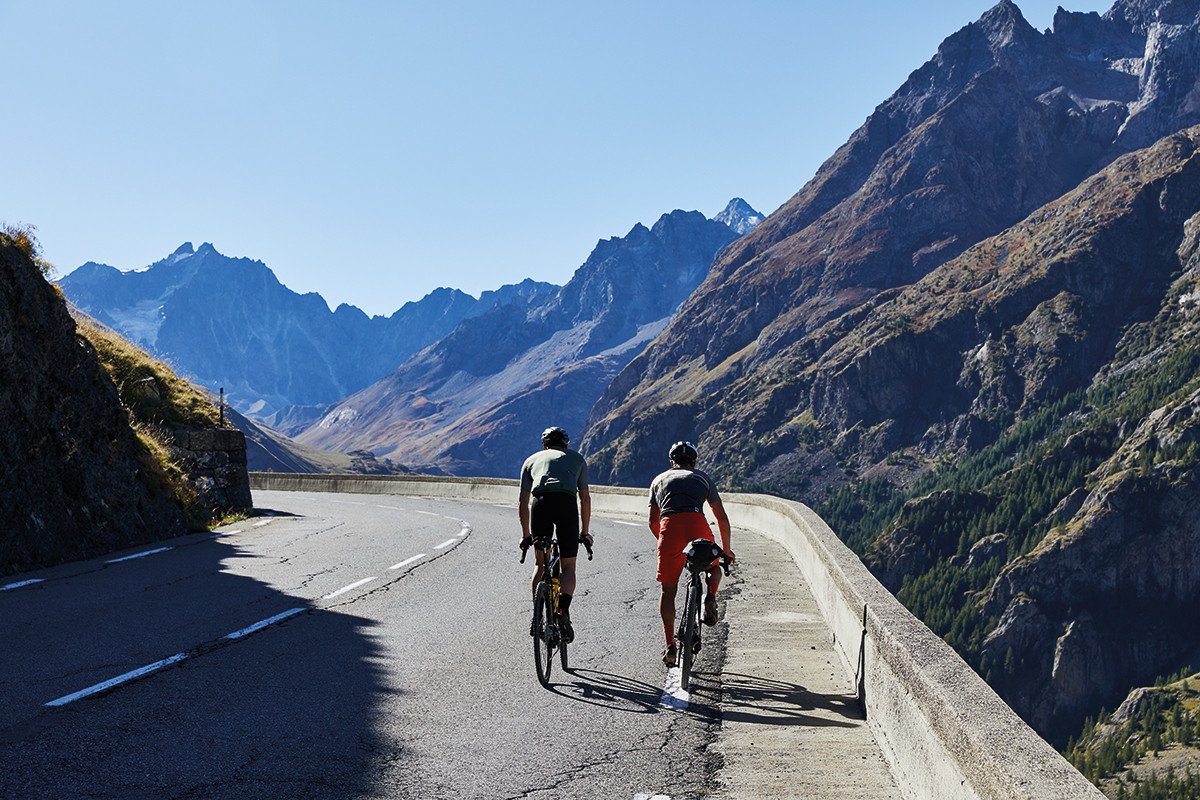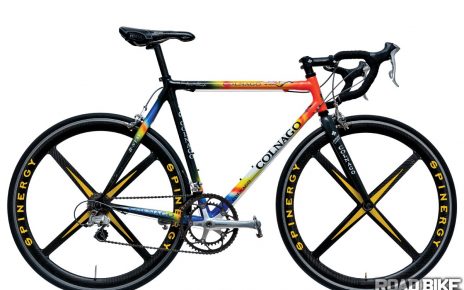
Enrique Díaz / 7ceroGetty Images
Girona, Spain, is home to many of the world’s fastest cyclists, including American Tayler Wiles and Canadian Mike Woods, and they enjoy riding unrestrictedly on the perfect asphalt and gravel roads, and up the iconic climbs in the area.
But with the coronavirus outbreak spreading worldwide, these cyclists are hunkered in their small apartments in full lockdown mode. Cyclists riding outside risk being ticketed, and more importantly, may be putting others at risk if they ignore Spain’s official lockdown, which prohibits people from being outside except to seek healthcare and buy groceries. If you do go shopping for food, you’ll find yourself waiting in line as the stores only let in a few people at a time to allow for social distancing.
The truth is that the U.S. is likely not far behind these drastic measures. At the beginning of last week in Spain, things were business as usual, other than the fact that riders were still in town as races began to get cancelled. Sure, the news was largely centered on coronavirus, but with only one known case in Girona at the time, it didn’t feel like a huge problem locally. The Centers for Disease Control (CDC) website still listed Spain as a low-risk area, and it simply advised residents to wash their hands regularly while there. North America had still not implemented a social-distance mandate.
Then, suddenly, the World Health Organization (WHO) declared coronavirus to be a pandemic on March 11, and everything changed. Borders began closing closing. My husband and I had been in Girona since late December, and our flight out was set for Sunday, March 15. Within 24 hours, new worries arose—he’s Canadian, and we’d need to find our marriage certificate to prove that he’s my spouse and therefore ‘immediate family’ in order for us to get back to New Jersey.
Saturday, we woke up to a more frightening reality as rumors spread that Barcelona would close the airport that day, before we’d be able to fly home. Police were blocking roads out of towns and locking down whole areas. Embassies weren’t answering their phones, information desks at the airport provided no information, and United’s help line necessitated a three-hour wait on the phone.
Days before, we’d been riding up some of the most classic climbs in the area, playing ‘spot the pro riders.’ Now the country, including all cyclists, were being forced inside for two weeks under a country-mandated lockdown. To suddenly be in the position of feeling like we were fleeing the country felt surreal.
Why does this cycling ban and the choice to “stay at home” versus riding outside matter for Americans right now? Because if the world’s top racers can get through these coming weeks riding inside, you can too. It may not be as fun, especially as the weather gets better, but it will be safer and healthier in the long run.
The primary reason for Spain’s current cycling ban is not only to avoid any accidental contact with others, but also avoid the risk of random crashes and accidents that could mean a hospital visit. In this time when hospitals risk being overrun and ER workers are completely overwhelmed, riding inside allows you to entirely mitigate that risk. It’s frustrating, for sure, but if staying inside for a couple of extra weeks could make a difference, what do you really have to lose?
While my husband and I thankful to be home, it’s impressive to see the way that many of the pro racers who are in countries with mandatory self-isolation are coping. Zwift Island has never been more pro.
Ben Perry, a Canadian pro racer living in Girona and racing for the Israel Cycling Academy, has decided to focus his energy in the most positive ways that he can for the next 14 days.
“I’ve taken three days totally off right now, to get recovered and rested,” he explains. “Then, it’s going to be a lot of double days on the trainer plus workouts using TRX bands.” He won’t be flouting the rules against riding outside, nor will many of the professional riders who call Girona home.
“I’ve made a daily checklist of goals that include reading, practicing my Spanish, playing guitar, and working on my degree. I’m going to make hummus and sourdough bread, and deliver batches to my close friends.
“I’m stretching daily and this was the perfect time to finally start meditating. All I can really say right now is what I’m telling the other racers who I coach: Take it easy for now. We likely won’t be racing until July and the best thing we can do right now is to take a big break, reset, and use this time to address our shortcomings. Panicking about missed hours of training won’t change anything, so we’re trying to control what we can and make positive changes instead of stressing.”
Gemma Sampson, a Girona-based dietitian who works largely with cyclists and races ultra-endurance events herself, posted this fantastic advice:
On Sunday, Olivia Dillon and Trek-Segafredo’s Tayler Wiles took a last gravel adventure ride before retreating to indoor trainers:
Fellow Trek-Segafredo rider Toms Skujiņš is also in lockdown in Girona, and tweeting about his chocolate consumption while hosting some Zwift rides.
Rohan Dennis from Team Ineos is also caught in the Girona lockdown and logging hours on the indoor trainer and documenting his family’s quarantine on Instagram.
And in the U.K., multi-discipline racer Juliet Elliott is doing some serious goofy mobility work from home while she cuts travel out of her schedule and voluntarily opts for lockdown mode.
Alberto Contador is promoting the #YoMeQuedoEnCasa (“I stay at home”) hashtag with videos on his Instagram.
Movistar’s Enric Mas is doing the same, though rather than posting trainer workouts, he’s focusing on teaching his dog some new tricks.
The novel coronavirus spread is a rapidly developing situation. For the most up-to-date information, check resources like the and regularly. This story will be updated as new information becomes available.



